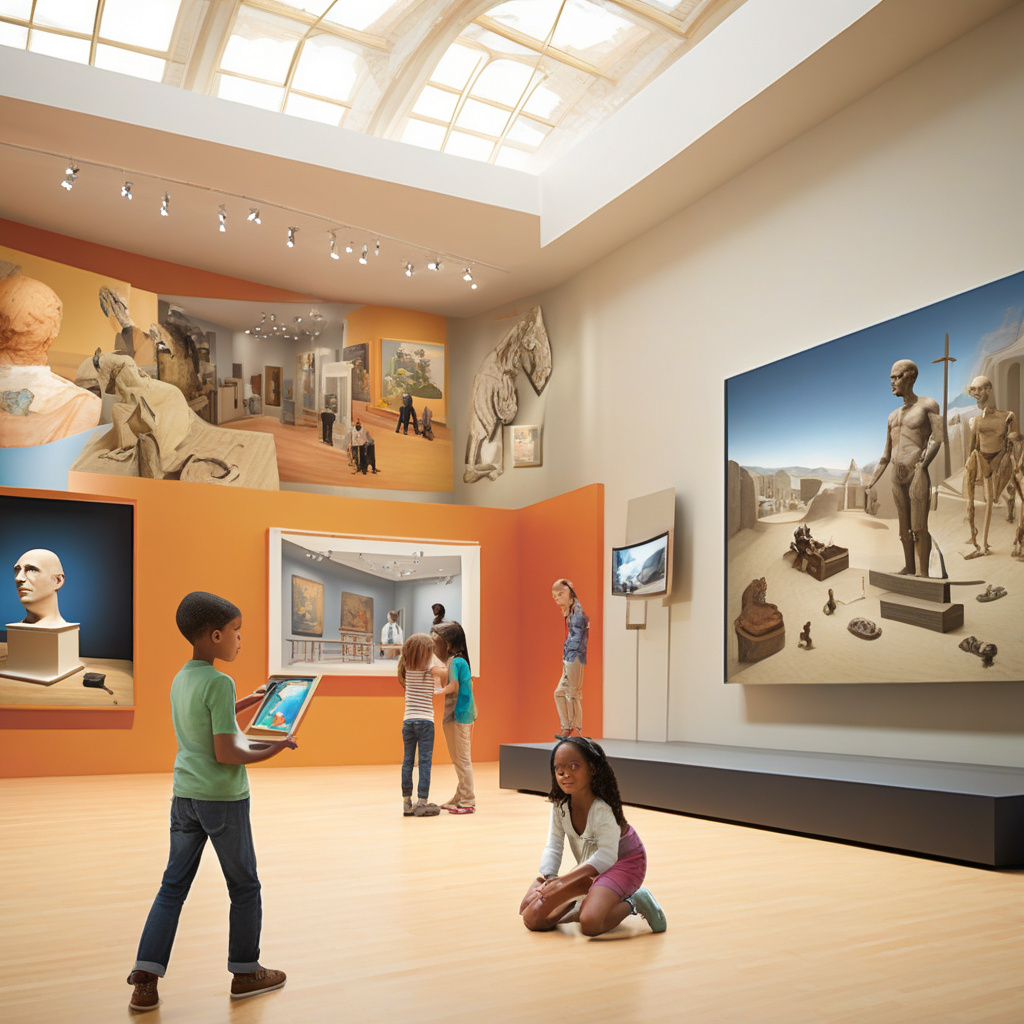Museum Technology for the Future: Interactive Exhibits & Digital Experiences
Museums have long been spaces of wonder and learning, where visitors can immerse themselves in history, art, and culture. However, as technology continues to advance, museums are embracing new innovations to shape the museum of the future. From immersive augmented reality (AR) and virtual reality (VR) experiences to interactive exhibits and self-service solutions, museums are leveraging technology to boost engagement, access, and efficiency like never before.
One of the most exciting developments in museum technology is the use of AR and VR to create immersive experiences for visitors. By donning a VR headset, visitors can be transported to different time periods or locations, allowing them to experience history in a whole new way. For example, instead of simply viewing a painting of ancient Rome, visitors can use AR to walk through a virtual recreation of the city, bringing history to life in a tangible and engaging way.
Interactive exhibits are another key trend in museum technology, allowing visitors to actively participate in their learning experience. Touchscreen displays, interactive kiosks, and digital installations enable visitors to explore exhibits at their own pace and delve deeper into the content that interests them most. For instance, a museum exhibit on marine life could feature a touchscreen display where visitors can learn more about different species of fish, their habitats, and conservation efforts.
Self-service solutions are also revolutionizing the museum experience, providing visitors with greater access and convenience. For example, digital ticketing systems allow visitors to purchase tickets online in advance, reducing wait times and streamlining the entry process. Additionally, interactive maps and wayfinding apps help visitors navigate the museum more easily, ensuring they make the most of their visit.
By incorporating these technologies into their spaces, museums are not only enhancing the visitor experience but also increasing their operational efficiency. Interactive exhibits can collect data on visitor interactions, providing valuable insights into which exhibits are the most popular and how visitors engage with the content. This data can then be used to tailor future exhibits to better meet the interests and needs of visitors.
Furthermore, self-service solutions free up staff members to focus on other tasks, such as providing guided tours or educational programs. By automating routine processes, museums can allocate their resources more effectively, ultimately improving the overall visitor experience.
In conclusion, museum innovations and technologies are shaping the museum of the future in exciting ways. From immersive AR and VR experiences to interactive exhibits and self-service solutions, museums are leveraging technology to boost engagement, access, and efficiency. By embracing these advancements, museums can create more dynamic and engaging experiences for visitors, ensuring that they remain relevant and captivating in an increasingly digital world.
museum, technology, interactive, digital, future
